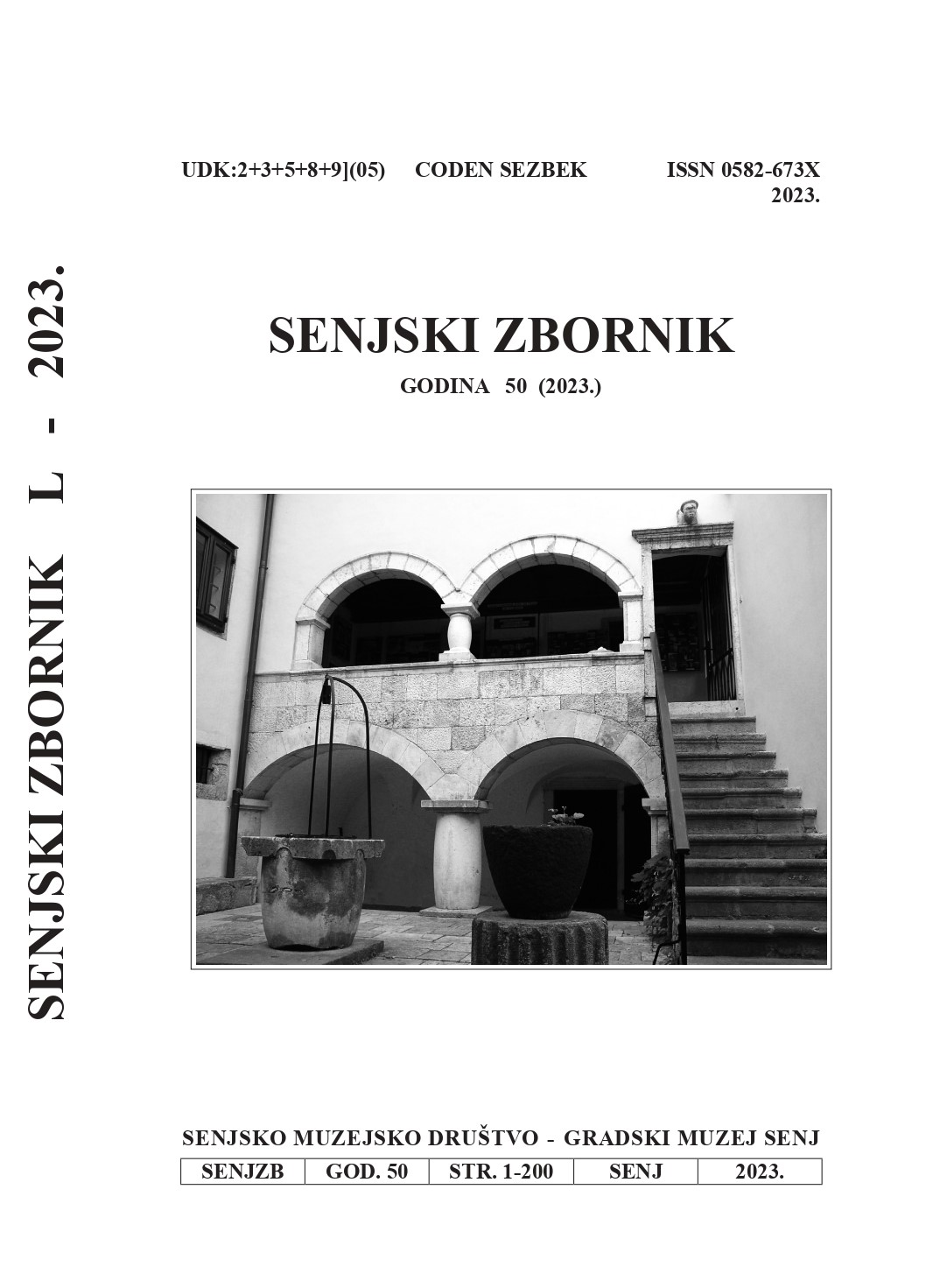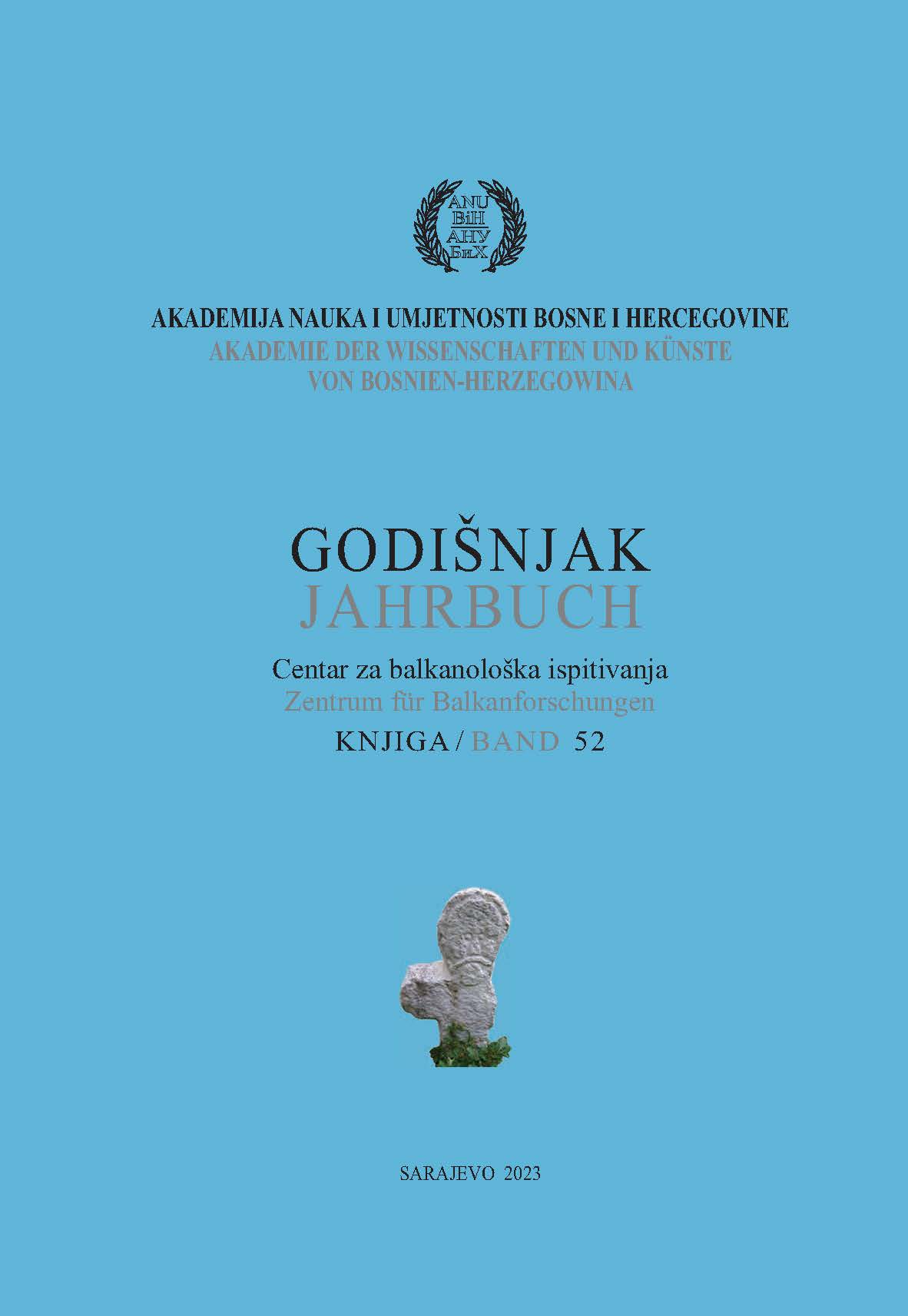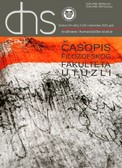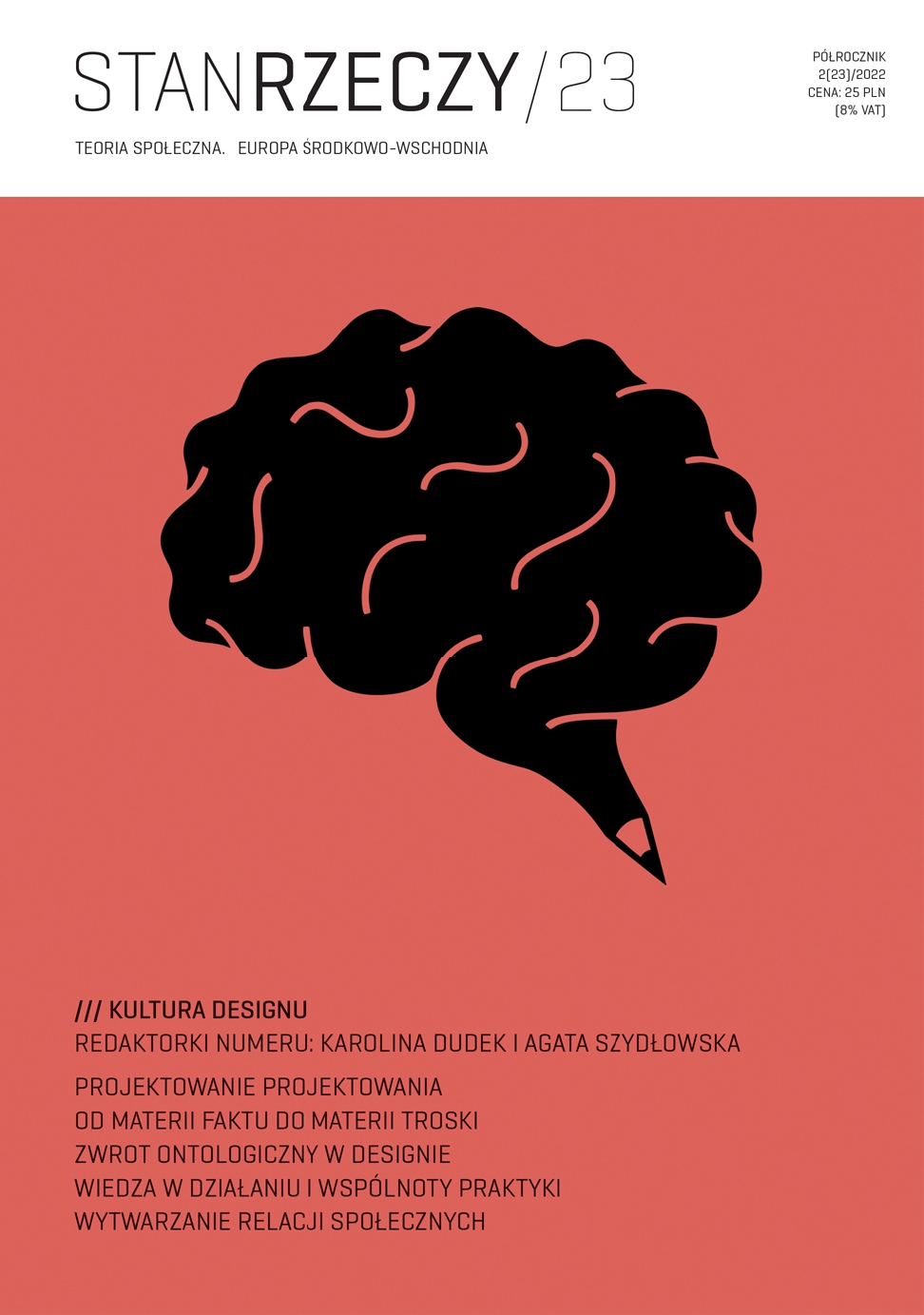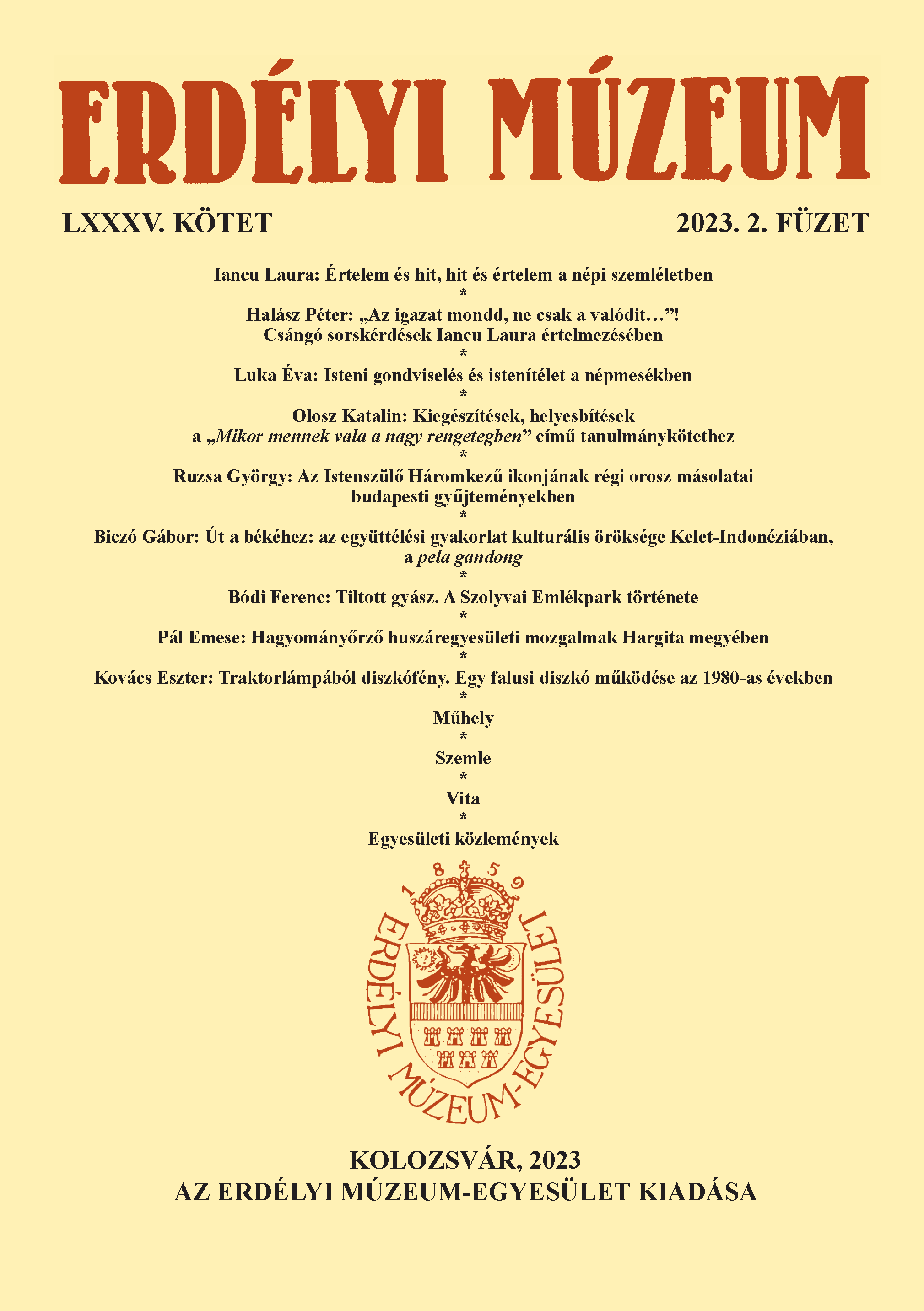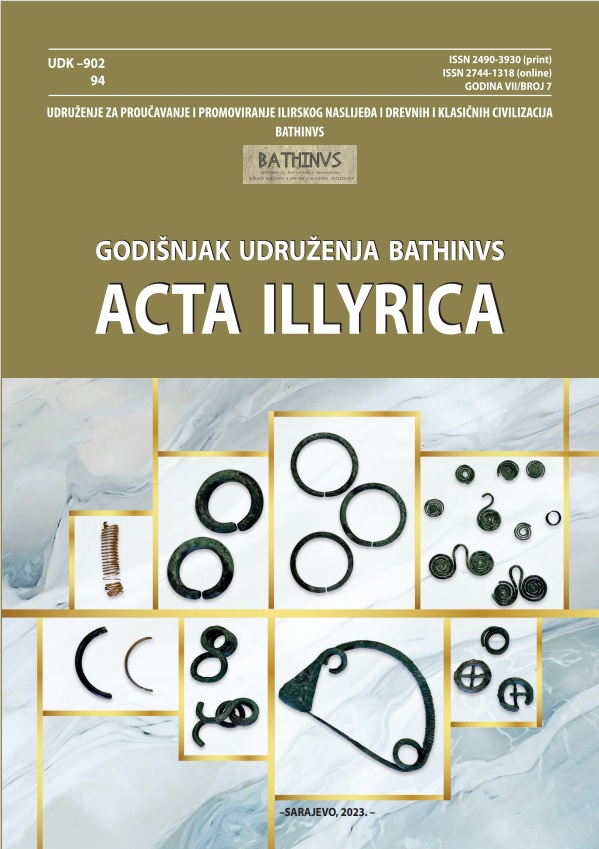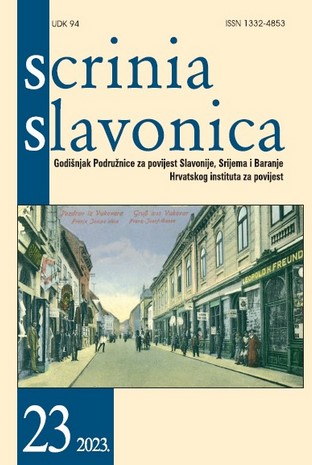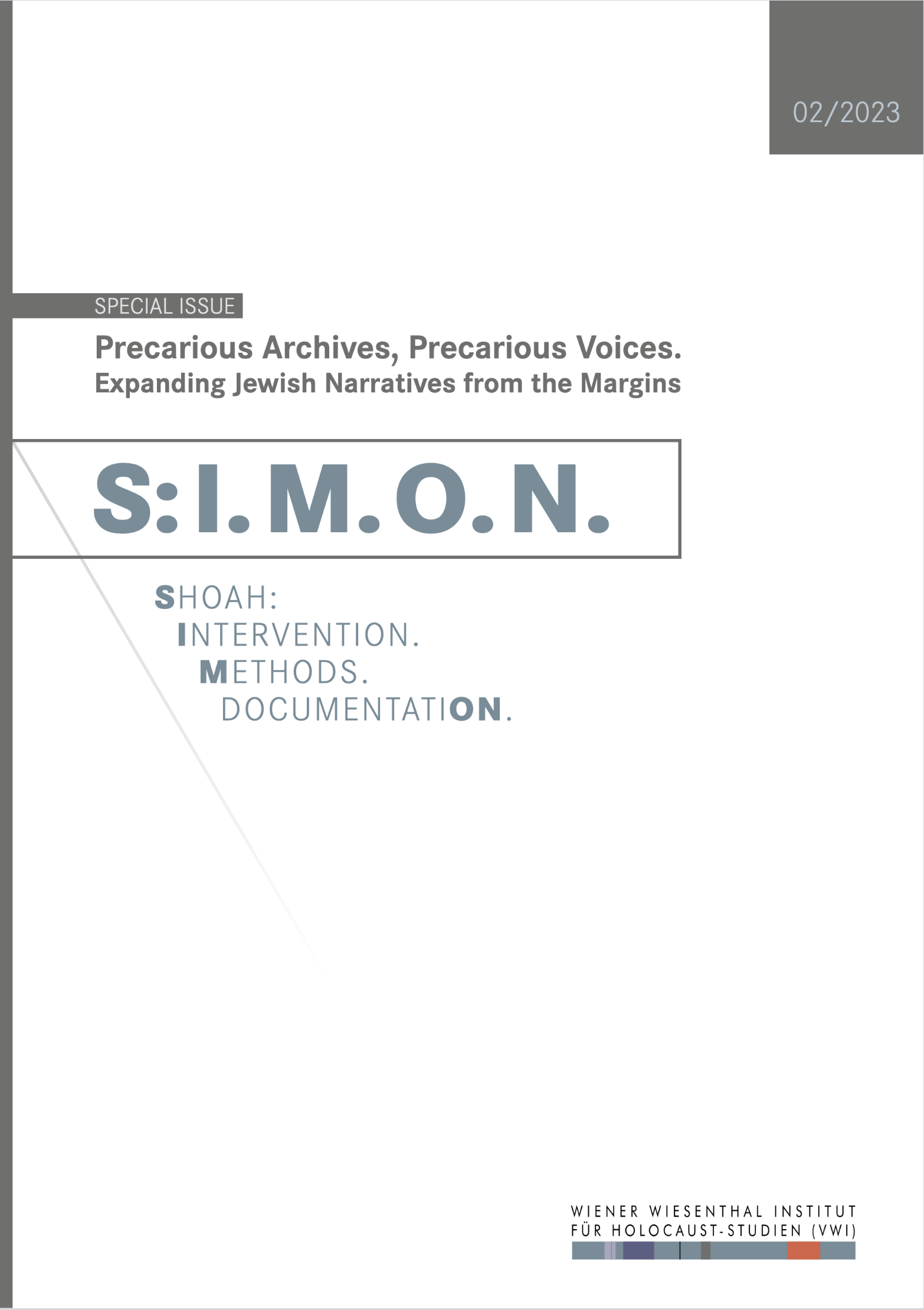
Deconstructing Narratives. Third Generation Arts-Based Research on Image-Connected Memories Rooted in Silences
This article is an attempt to employ arts-based research, a non-traditional, interdisciplinary methodology to create a non-exiting “family archive” from anecdotes photographs and scattered documents. The “family archive” is based on interviews of family members who were born after the Holocaust and supplemented with additional research conducted at the United States Holocaust Memorial Museum, the Arolsen Archives, Yad Vashem, and other archives. The text itself navigates the reader between the different truths, plumbing the fundamental disagreements between the interviewees who belong to the Second Generation, the generation of postmemory. In the center of the interviews there is a backpack which plays an important role as it is a “ghost”, functioning as a magical object, a vessel of the family fable. The recreated backpack helped to push aside the taboo on speaking about the Holocaust, and opened up an active dialogue, by bringing together comparative and interdisciplinary approaches through visual art. This intellectual and artistic move seeks to give credit where credit was not given before, for those narratives which were never listened to earlier.
More...
